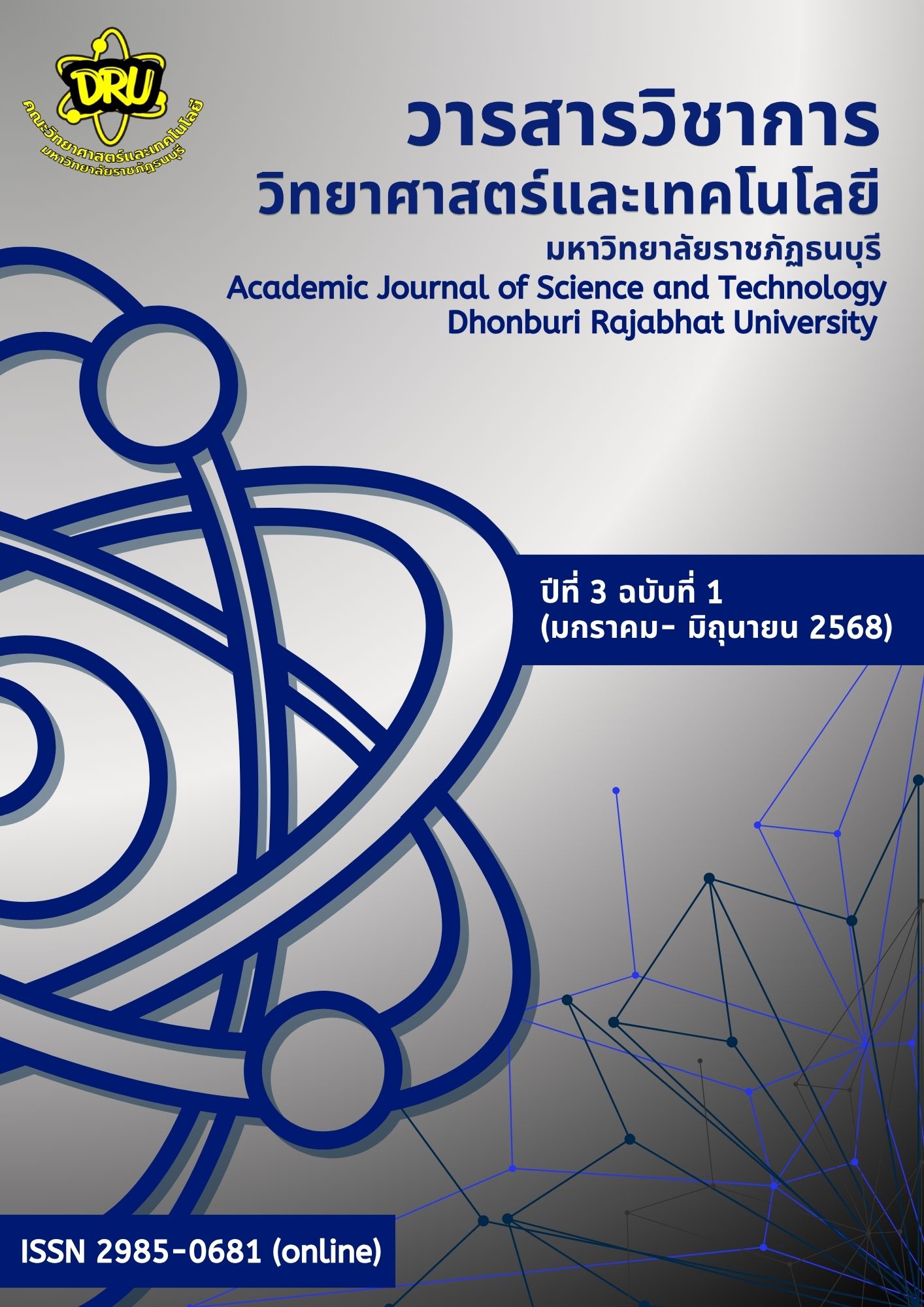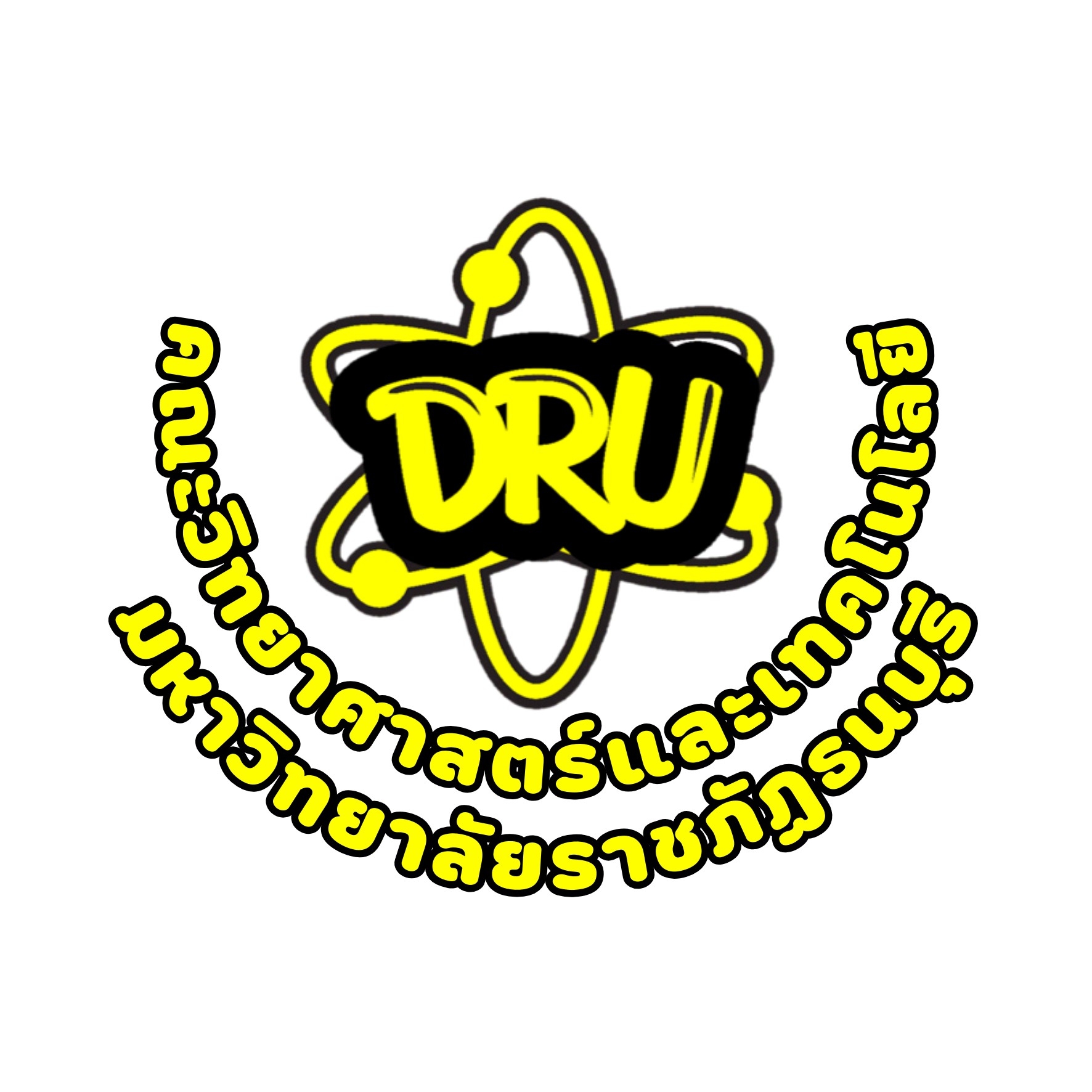Building a Bio-Fertilizer Generator from Food Waste Using Solar Energy
Keywords:
bio-fertilizer generator, food waste, solar energyAbstract
Solar energy is considered clean, pollution-free and high potential energy. Moreover, it can also be used endlessly. Converting solar energy into electricity to produce bio-fertilizer from organic waste is a new alternative for waste disposal. More than 50 percent of solid waste is organic waste, such as scraps from food, vegetables, fruits, and dry leaves. Composting them to produce bio-fertilizer is a way to turn waste into value. Creating a bio-fertilizer generator from food waste using solar energy started from data study to system design, construction of bio-fertilizer generator, installation of control system, machine testing and data collection to determine the efficiency of the fertilizer generator from food waste. The average test results were the light intensity of 514.46 W/m2, load current of 0.26A, load voltage of 85.42V, load power of 23.79W, and rotation speed of 74.62 rpm. The rotational speed of the spindle was sufficient to be used for digging or spreading the food waste to mix with the starter throughout the production period. Thus, the bio-fertilizer generator from food waste using solar energy was able to produce bio-fertilizer efficiently. The test results of the bio-fertilizer from food waste showed a total nitrogen content of 0.20 percent by weight, a total phosphorus content of 0.30 percent by weight, a total potassium content of 1.02 percent by weight, a total primary nutrient content of 1.20 percent by weight, a carbon to nitrogen ratio of 22.74, and a moisture content of 21.70 percent. The bio-fertilizer produced from food waste was high in potassium, which is a nutrient that helps nourish the productivity of all types of plants. It plays an important role in formation of tissue, starch, and sugar, as well as increase weight, size, and sweetness for plants such as sugarcane, coconut, cassava, etc.
References
ประกาศกรมวิชาการเกษตร เรื่อง กำหนดเกณฑ์ปุ๋ยอินทรีย์ พ.ศ. 2557. (12 กุมภาพันธ์ 2557). ราชกิจจานุเบกษา. เล่ม 131 ตอน พิเศษ 29 ง หน้า 4.
ปัทมา พากุล ภูเบศร์ พิพิธหิรัญการ และปิยวดีย์ ยาบุษดี. (2566, 28 พฤษภาคม). การพัฒนาเครื่องหมักปุ๋ยแบบหมุนอัตโนมัติ. การประชุมวิชาการและการนำเสนอผลงานวิจัยระดับชาติ ครั้งที่ 10 และระดับนานาชาติครั้งที่ 8. การพัฒนางานวิจัยและนวัตกรรมเพื่อพัฒนาชุมชมอย่างยั่งยืน. มหาวิทยาลัยภาคตะวันออกเฉียงเหนือ อ.เมือง จ.ขอนแก่น. หน้า 507-517
ณัฏฐกิตติ์ ปัทมะ. (2563). การพัฒนาระบบเกษตรอัจฉริยะของประเทศไทย. บทความวิชาการ กลุ่มงานวิจัยและข้อมูล, สำนักวิชาการ สำนักงานเลขาธิการวุฒิสภา. วันที่ 9 พฤษภาคม 2563. หน้า 1-22.
สมภพ ผดุงพันธ์. (2558). เครื่องขับเคลื่อนแผงโซล่าเซลล์ตามแสงอาทิตย์อัตโนมัติ. วารสารมหาวิทยาลัยนราธิวาสราชนครินทร์, 7(1), หน้า 81-91.
Downloads
Published
How to Cite
Issue
Section
License
Copyright (c) 2025 Academic Journal of Science and Technology, Dhonburi Rajabhat University

This work is licensed under a Creative Commons Attribution-NonCommercial-NoDerivatives 4.0 International License.




